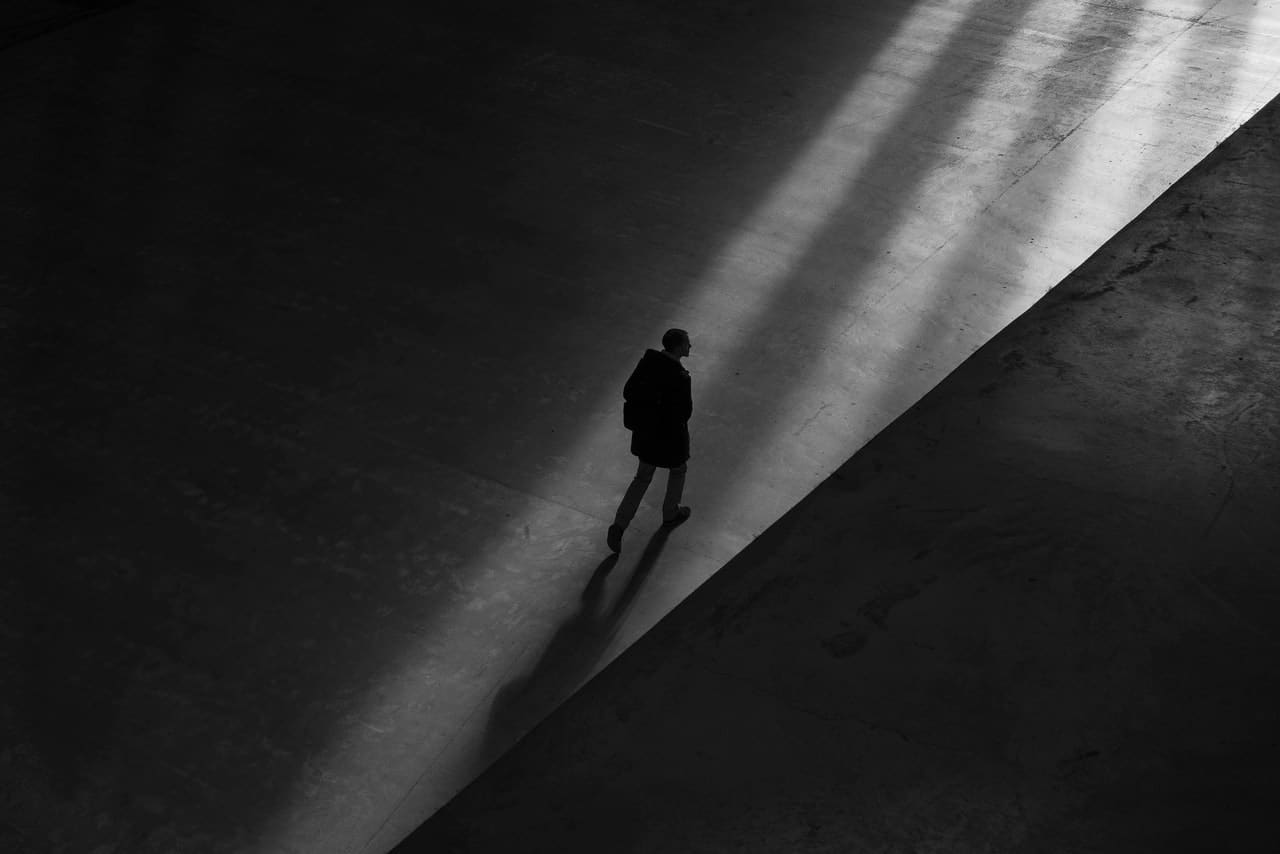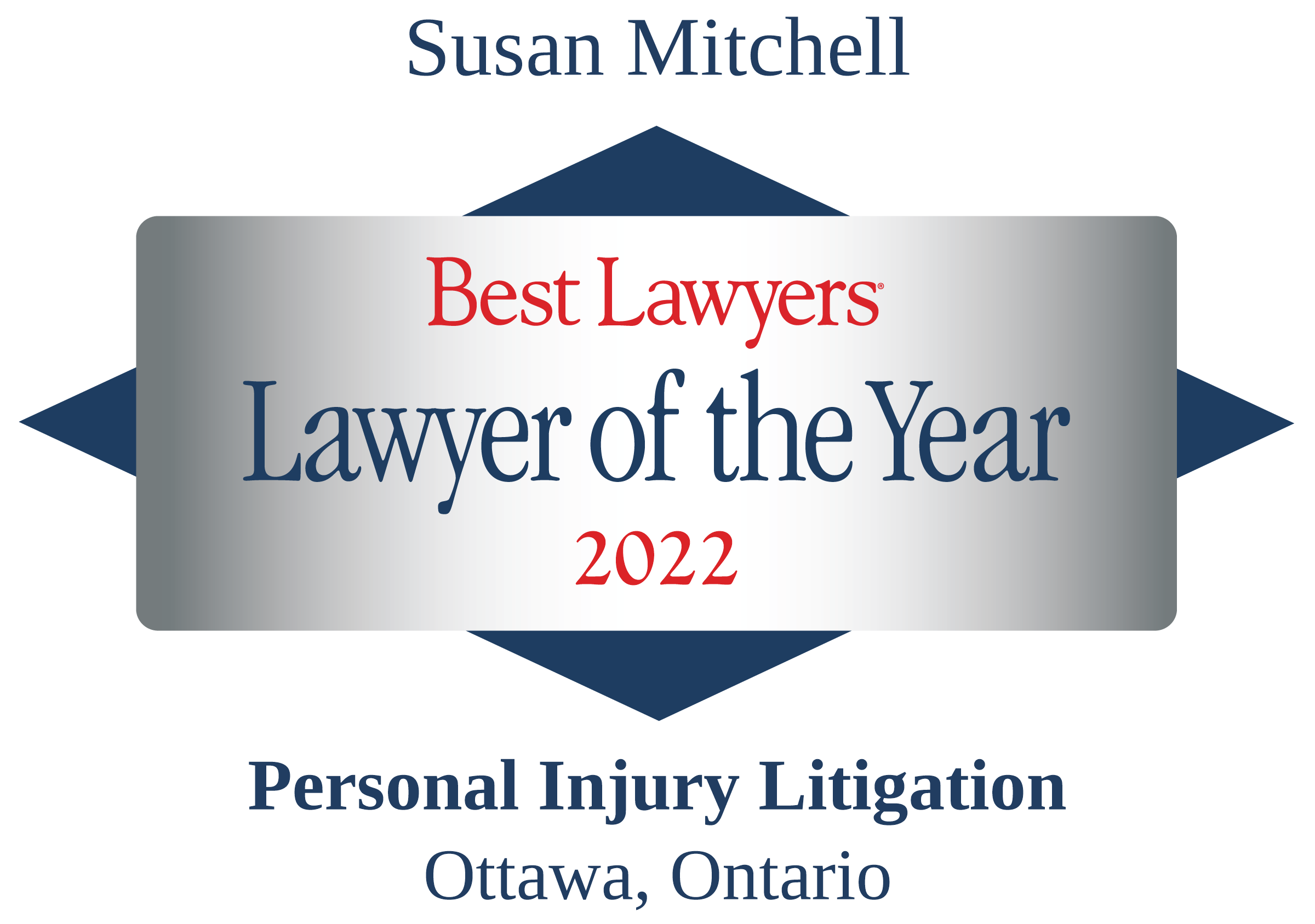Slipping and falling due to dangerous or hazardous conditions is the most common type of premises liability case. Property occupiers, including property owners and tenants, have a legal duty to keep their property reasonably safe. If you were not warned and slipped and fell due to an unsafe or dangerous condition, you may have a claim against the negligent owner.
This article looks at what a plaintiff must establish to succeed in a slip and fall case, and what an occupier needs to do to avoid liability. We also look at a recent decision of the Superior Court of Justice of Ontario in which a person claimed damages after slipping and falling in a courthouse.
Occupiers have a duty to take care such that people are reasonably safe while on their premises
Under the Occupier’s Liability Act, an occupier has a duty to take such care as is reasonable in the circumstances to see that persons entering the premises are reasonably safe.
The mere presence of a hazard does not inevitably lead to the conclusion that the occupier has breached this duty – the standard of care is one of reasonableness. The occupier is liable if their conduct creates an unreasonable risk of harm. The measure of what is reasonable depends on the circumstances of each incident, including the likelihood of known foreseeable harm, the gravity of that harm, and the burden or cost that would be incurred to prevent the injury. In a public place, occupiers need to have reasonable policies and procedures for inspecting and maintaining the premises and must follow these policies and procedures.
To succeed in a negligence claim, the plaintiff must prove that the occupier’s failure to meet the standard of care caused the injury.
If the person that slips or trips is also negligent, liability can be apportioned to reflect the fact that both parties were partially responsible for the injury. This is the concept of contributory negligence, and it can serve to reduce the amount of the plaintiff’s damages awarded by a court.
Plaintiff tore hamstring after slipping in a courthouse
In the recent case of Martin v AGO et al, the plaintiff slipped and fell while walking in the lobby of the Hamilton Court House. The plaintiff, a lawyer practising in criminal law, slipped on a small amount of water that had accumulated from another visitor’s wet umbrella. The amount of water was very small, about the size of a melted ice cube or the size of a quarter.
The plaintiff tore his hamstring and sought compensation for his injuries from the building owner, property manager and janitorial services contractor under the Occupier’s Liability Act.
It was the defendants’ policy to place mats on the inside of each of the three public entrances to the Court House that visitors must walk over when entering the building. In addition, the day porter of the janitorial services company placed six “wet floor” signs on the ground floor, one of which was visible to the plaintiff as he walked down the main public hallway.
Judge finds that the water spill was not perceptible and that the defendants had adequate inspection processes in place
Justice Valente found that the water spill was not perceptible. Other visitors had walked into the area of the spill without identifying the water on the ground.
His Honour also found that the day porter completed a floor inspection at least four times per day on each floor of the Court House. In addition, there was a work order system whereby anyone could contact a call centre to report a matter that required immediate intention, including a spill. The telephone number was posted on signs throughout the Court House.
Defendants did not breach the standard of care
His Honour found that the day porter’s inspection of the floors a minimum of four times during the day shift was adequate in the circumstances. His Honour said that had the defendants merely adopted a work order system to respond to spills, the outcome would likely have been different. Also, in other settings such as in the context of a large and busy restaurant rather than a Court House, inspecting the floors four times might not have sufficed.
As a result, Justice Valente dismissed the plaintiff’s claim, concluding:
I find that the Defendants have demonstrated that the adopted system of inspection and cleaning of the public floors by the day porter, as supplemented by the work order system, the careful placement of mats at the entrances of the Court House, and daily installation of Signs throughout the ground floor meet the requisite standard of care. The standard is not one of perfection. The standard does not require that every possible danger be eliminated and nor does it require constant surveillance and instant response.
More vigilant surveillance would not have prevented the fall and the plaintiff was contributorily negligent
For completeness, his Honour went on to find that the plaintiff had not established causation. Even if a system of constant surveillance was required, because the spill was small and not perceptible, it was very doubtful that the plaintiff’s fall could have been prevented.
Finally, even if the plaintiff had proven a breach of the standard of care and causation, his Honour would have found the plaintiff contributorily negligent. The plaintiff was wearing his usual work shoes with rubber soles. The soles were smooth, with the evidence showing that the original tread was worn approximately 30 percent. Given his choice to wear shoes with partially worn soles, Justice Valente would have assessed the plaintiff’s contributory negligence at 30 percent
Contact Tierney Stauffer LLP for Assistance with your Slip, Trip or Fall Injury Claim
If you are injured in a slip and fall accident, our personal injury lawyers believe in fighting for your rights. Slips, trips, and falls often mean a long and expensive road to recovery, and we aim to help those wronged by negligence obtain appropriate compensation. If you’ve suffered in this way and are looking to hold a commercial or residential property owner accountable, we can help. Contact Tierney Stauffer LLP at 1-888-799-8057 or reach out online to book a free consultation.


